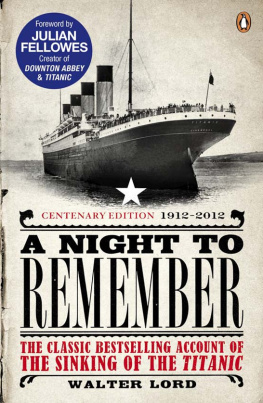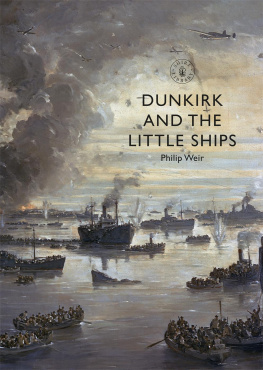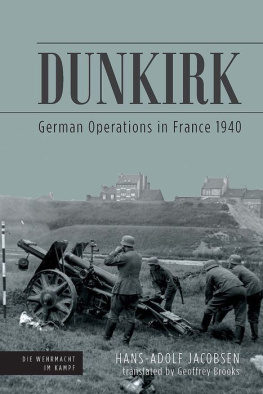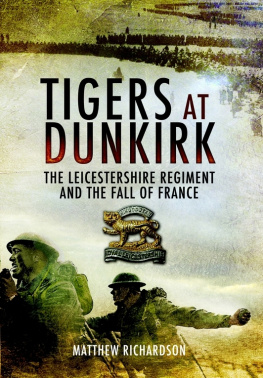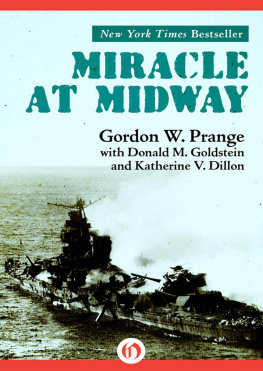Walter Lord - The World War II Collection: The Miracle of Dunkirk, Day of Infamy, and Incredible Victory
Here you can read online Walter Lord - The World War II Collection: The Miracle of Dunkirk, Day of Infamy, and Incredible Victory full text of the book (entire story) in english for free. Download pdf and epub, get meaning, cover and reviews about this ebook. year: 2016, publisher: Open Road Media, genre: History. Description of the work, (preface) as well as reviews are available. Best literature library LitArk.com created for fans of good reading and offers a wide selection of genres:
Romance novel
Science fiction
Adventure
Detective
Science
History
Home and family
Prose
Art
Politics
Computer
Non-fiction
Religion
Business
Children
Humor
Choose a favorite category and find really read worthwhile books. Enjoy immersion in the world of imagination, feel the emotions of the characters or learn something new for yourself, make an fascinating discovery.
- Book:The World War II Collection: The Miracle of Dunkirk, Day of Infamy, and Incredible Victory
- Author:
- Publisher:Open Road Media
- Genre:
- Year:2016
- Rating:5 / 5
- Favourites:Add to favourites
- Your mark:
The World War II Collection: The Miracle of Dunkirk, Day of Infamy, and Incredible Victory: summary, description and annotation
We offer to read an annotation, description, summary or preface (depends on what the author of the book "The World War II Collection: The Miracle of Dunkirk, Day of Infamy, and Incredible Victory" wrote himself). If you haven't found the necessary information about the book — write in the comments, we will try to find it.
In May 1940, the remnants of the French and British armies, broken by Hitlers blitzkrieg, retreated to the beach at Dunkirk. Prime Minister Winston Churchill ordered an evacuation on May 26, expecting to save no more than a handful of his men. But Britain would not let its soldiers down. Hundreds of fishing boats, pleasure yachts, and commercial vessels streamed into the Channel to back up the Royal Navy. The Miracle of Dunkirk is a striking history of a week when the fate of Britainand the Worldhung in the balance.
On the morning of June 4, 1942, doom sailed on Midway. Hoping to put itself within striking distance of Hawaii and California, the Japanese navy planned an ambush that would obliterate the remnants of the American Pacific fleet. On paper, the Americans had no chance of winning. But because their code breakers knew what was coming, the American navy was able to prepare an ambush of its own. In Incredible Victory, Walter Lord recounts two days of savage battle, during which a small American fleet defied the odds and turned the tide of World War II.
December 7, 1941, began as a quiet morning on the American naval base at Pearl Harbor. But as Japans deadly torpedoes suddenly rained down on the Pacific fleet, soldiers, generals, and civilians alike felt shock, then fear, and then rage. From the chaos, a thousand personal stories of courage emerged. Drawn from hundreds of interviews, letters, and diaries, Walter Lords Day of Infamy recounts the many tales of heroism and tragedy of those who experienced the attack firsthand.
These three acclaimed war chronicles showcase Walter Lord at the top of his game as a narrative nonfiction master.
Walter Lord: author's other books
Who wrote The World War II Collection: The Miracle of Dunkirk, Day of Infamy, and Incredible Victory? Find out the surname, the name of the author of the book and a list of all author's works by series.


